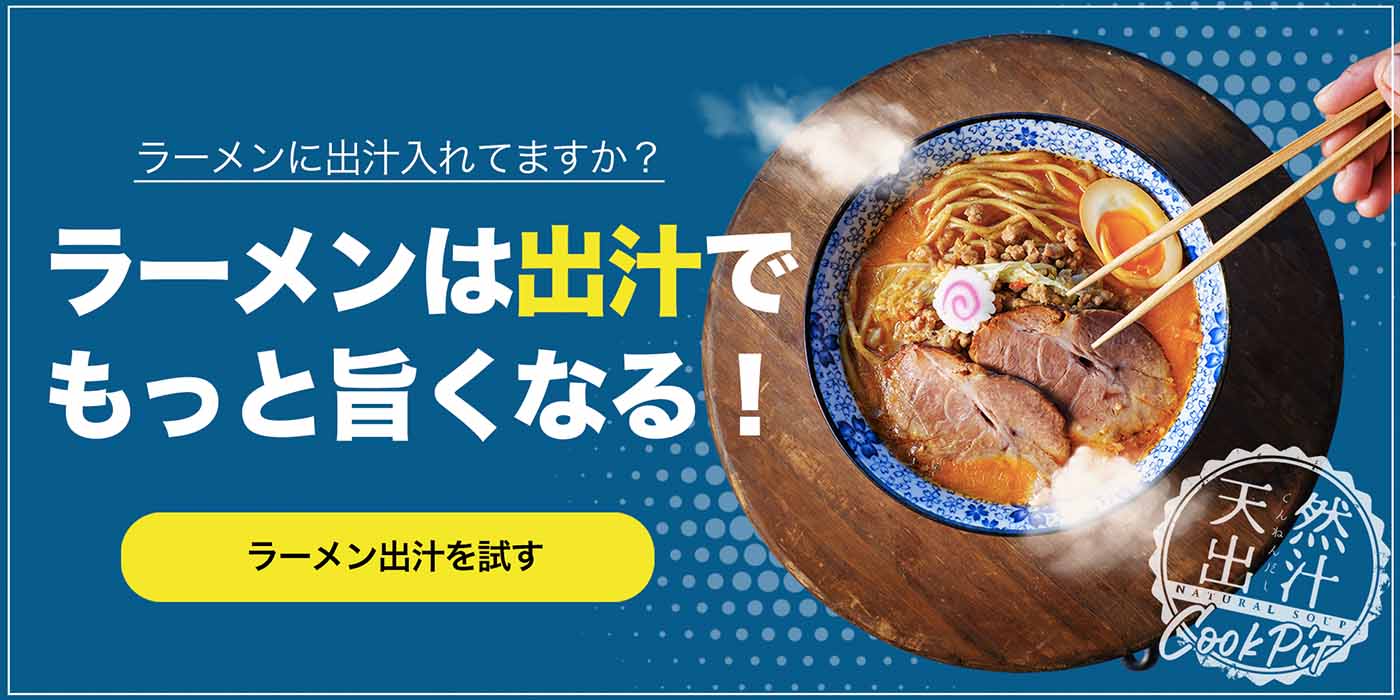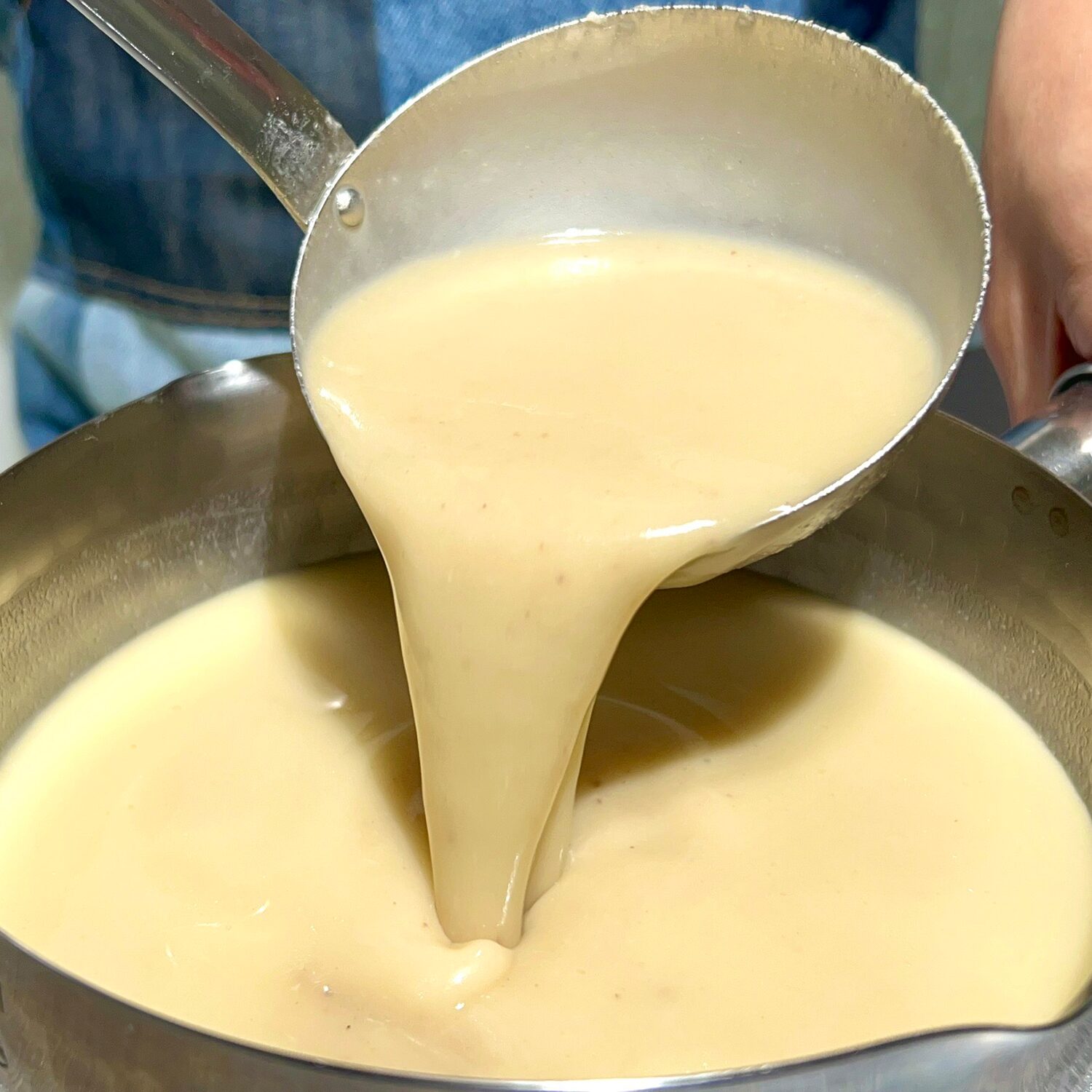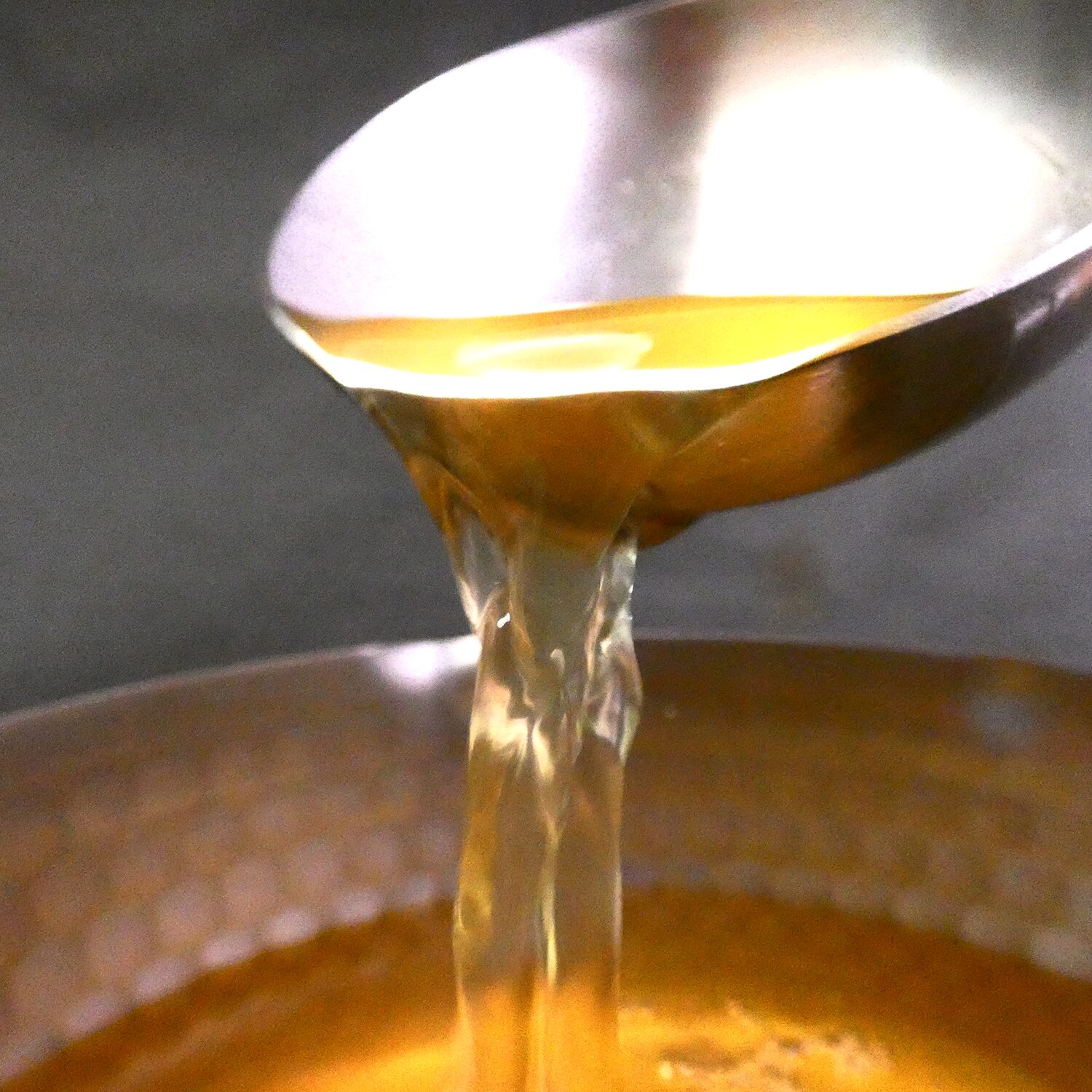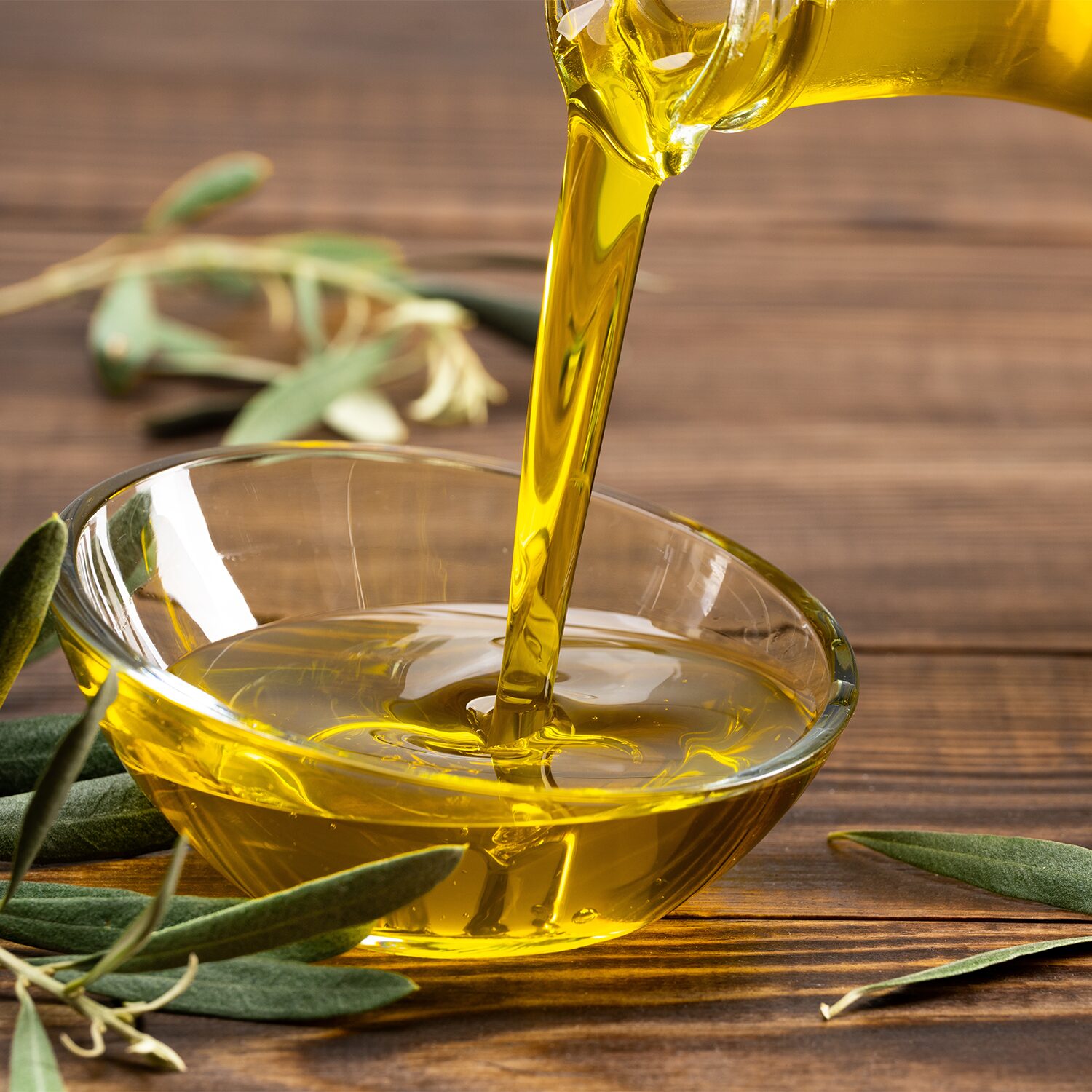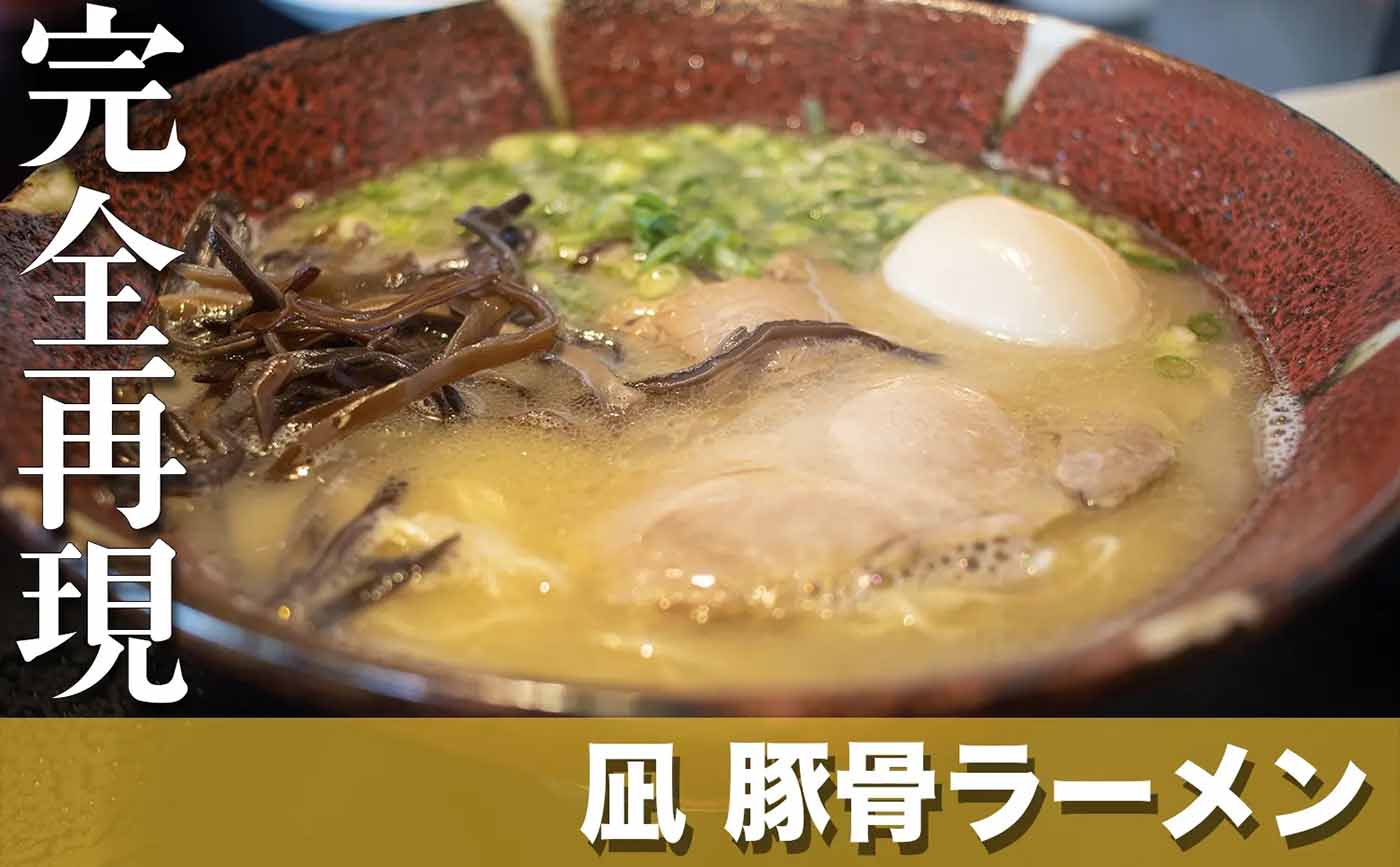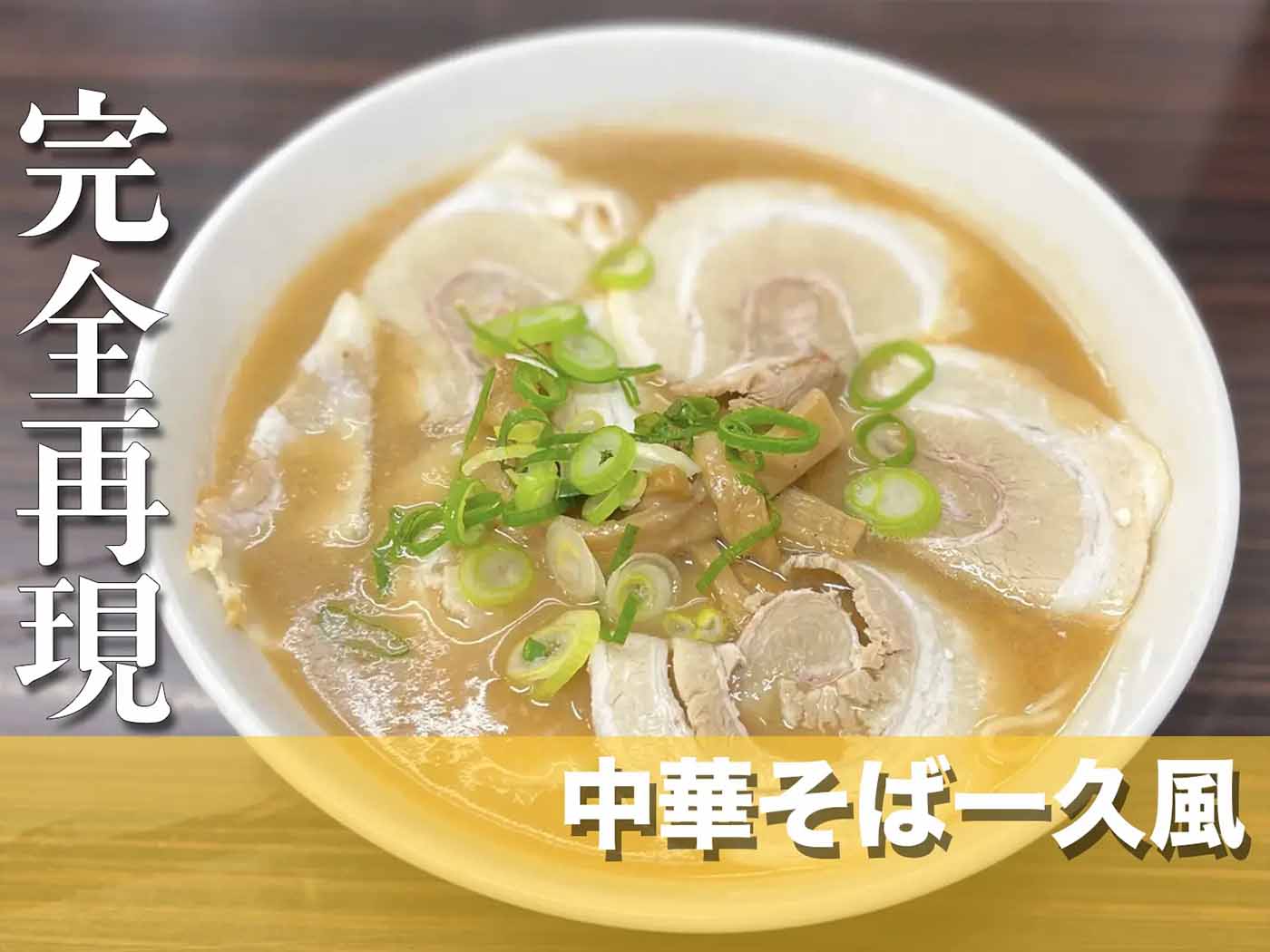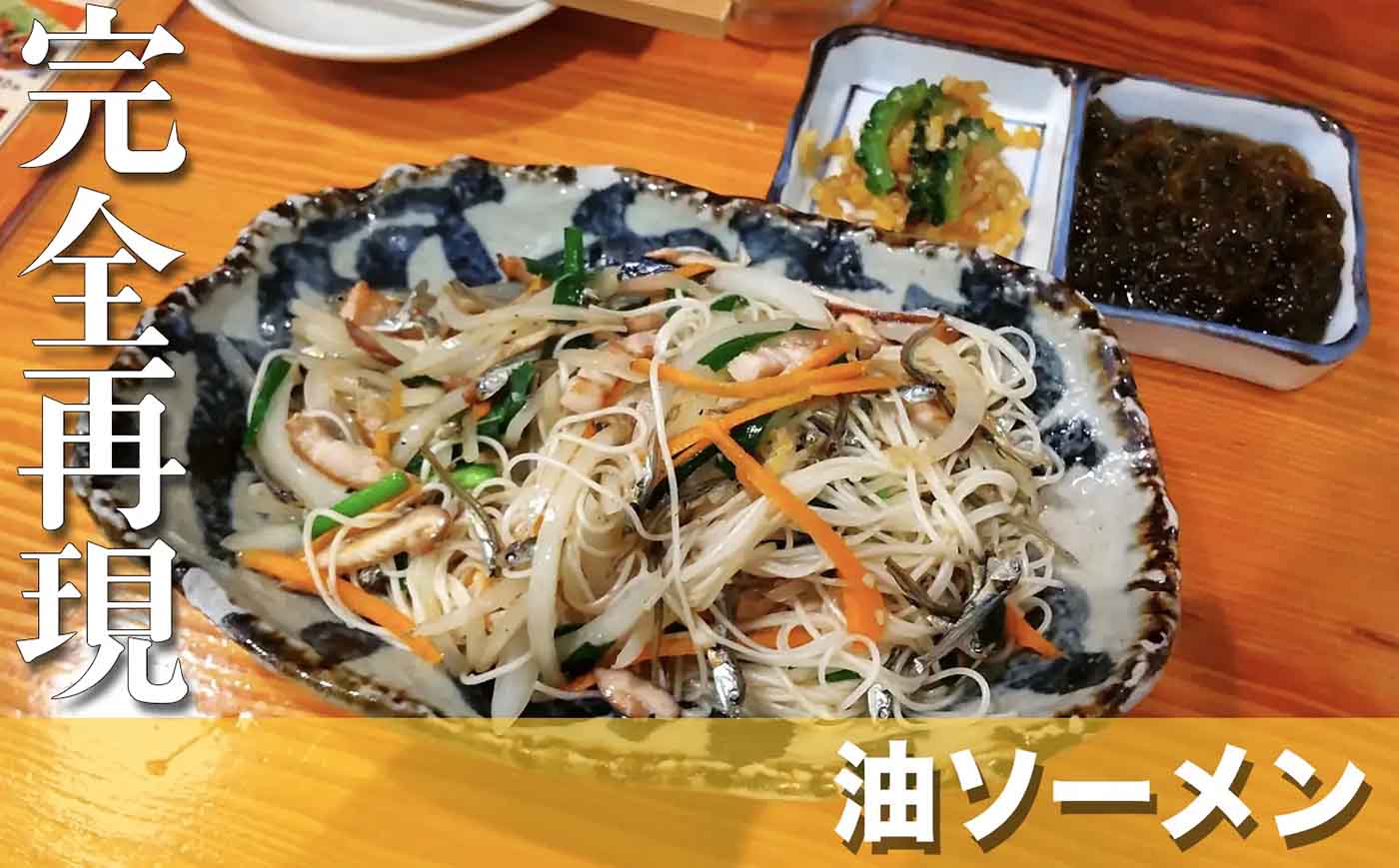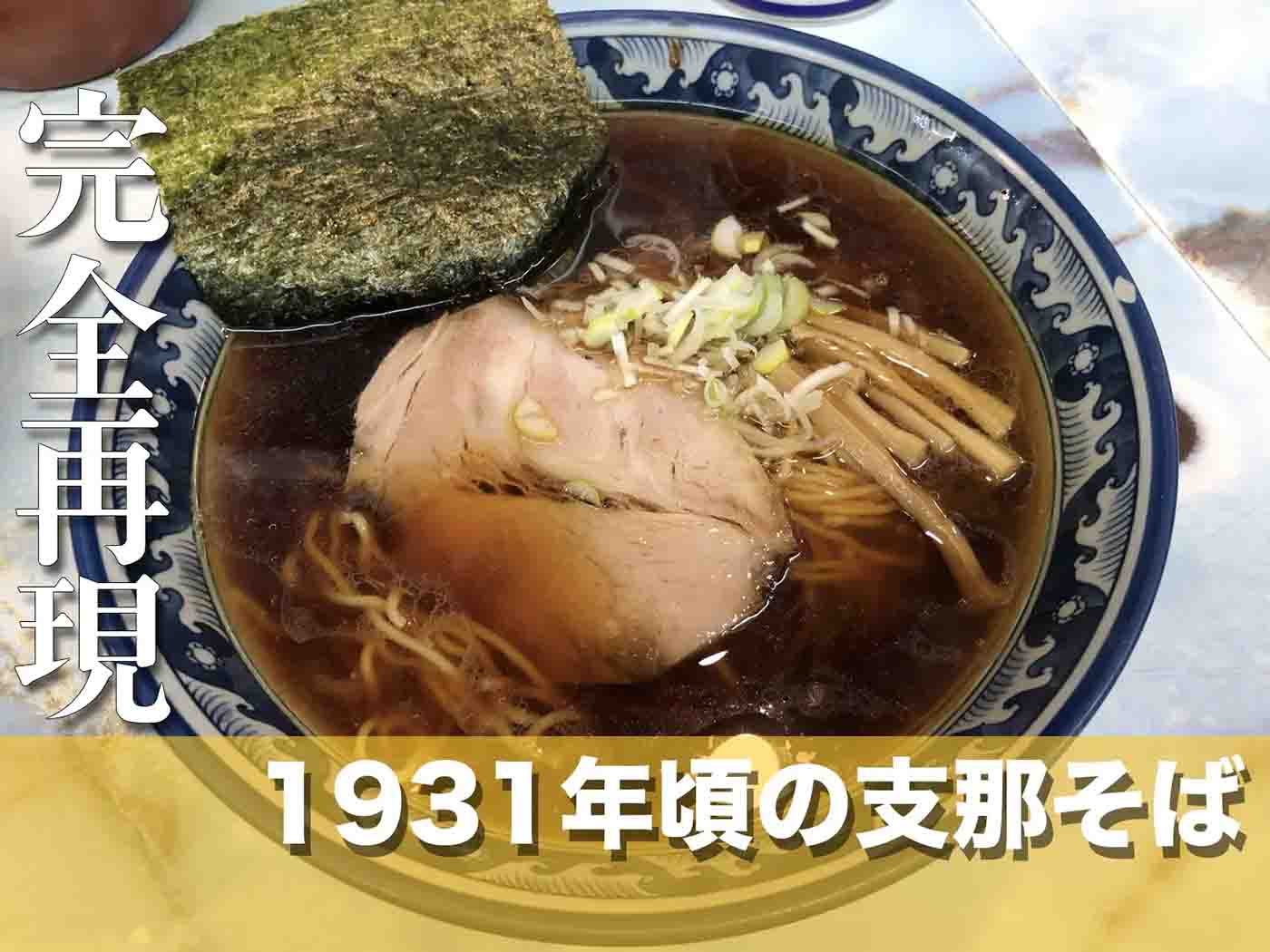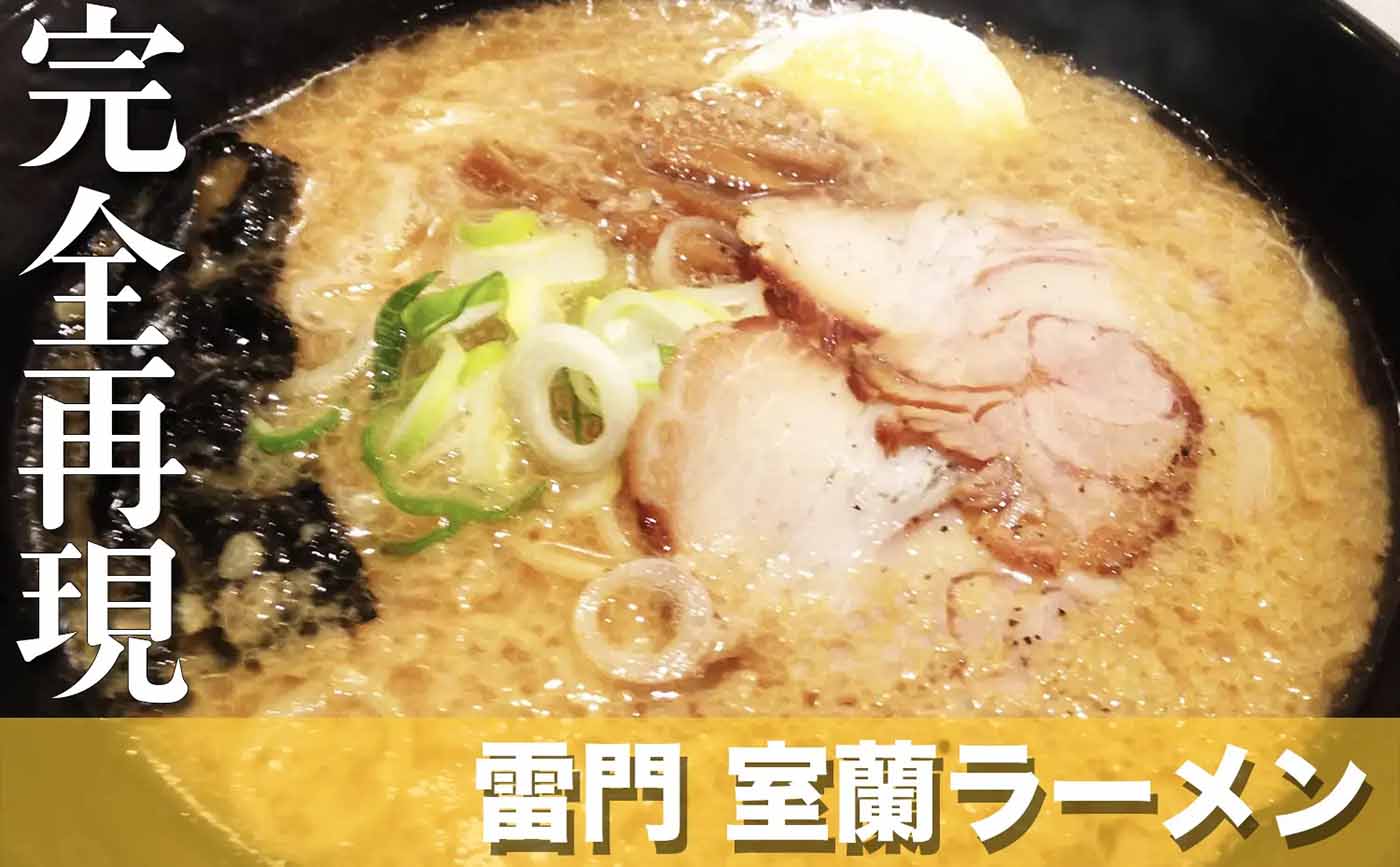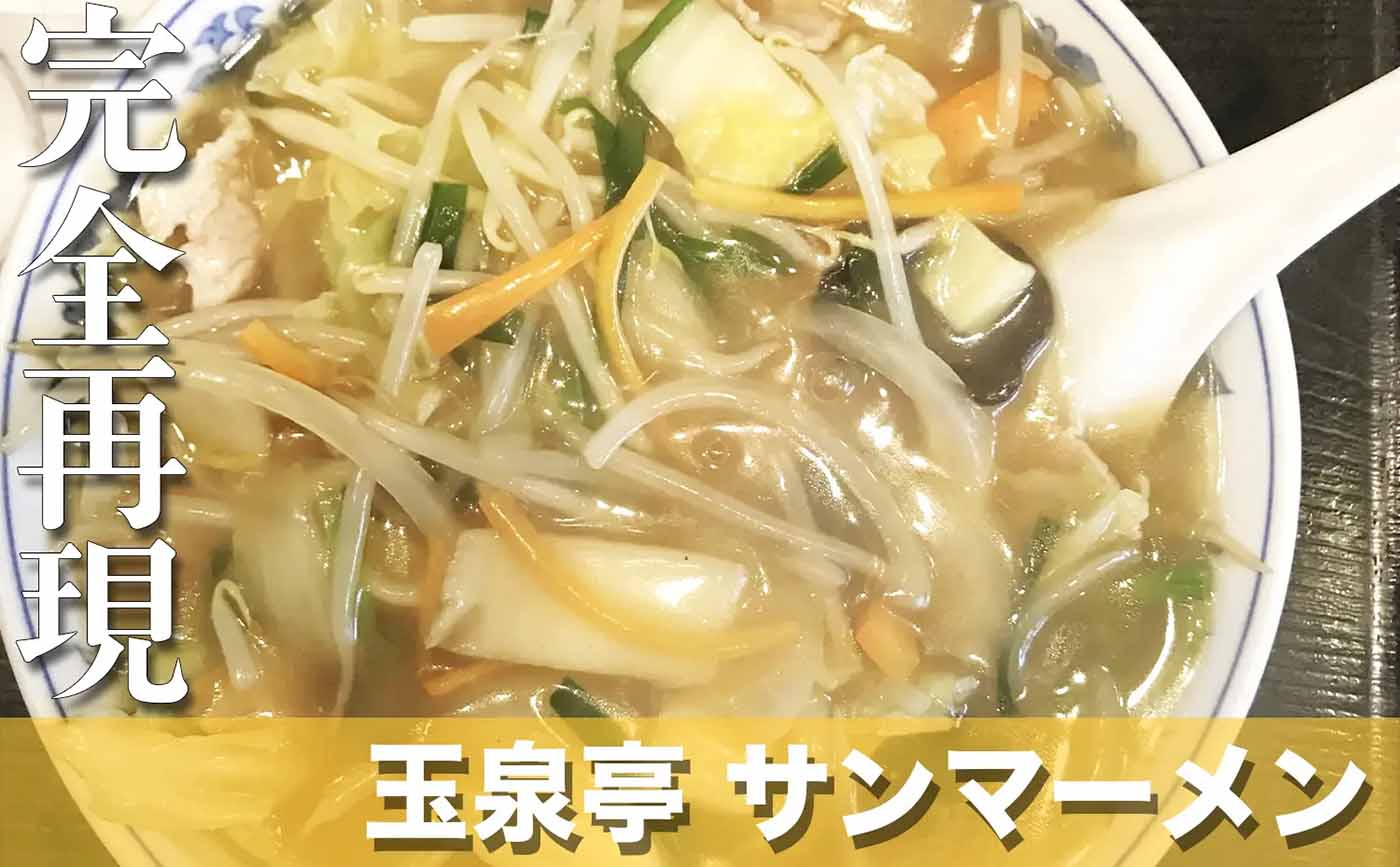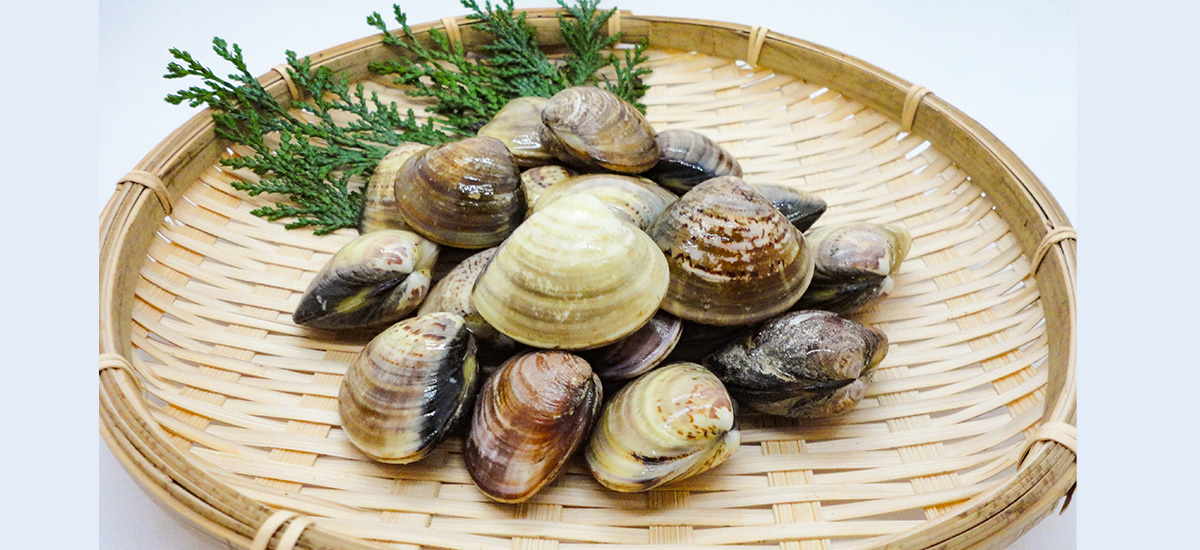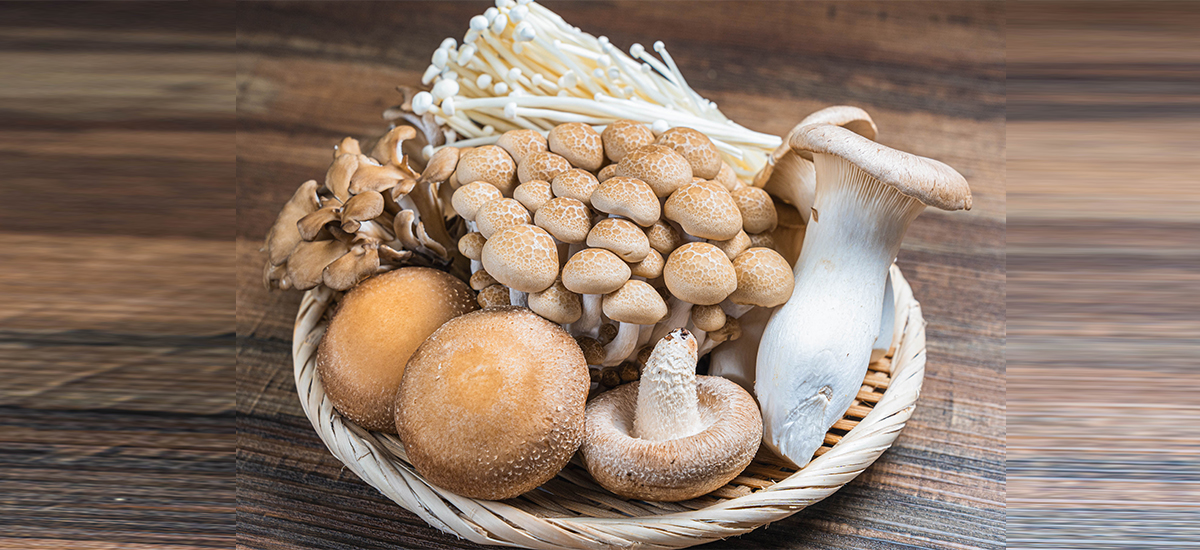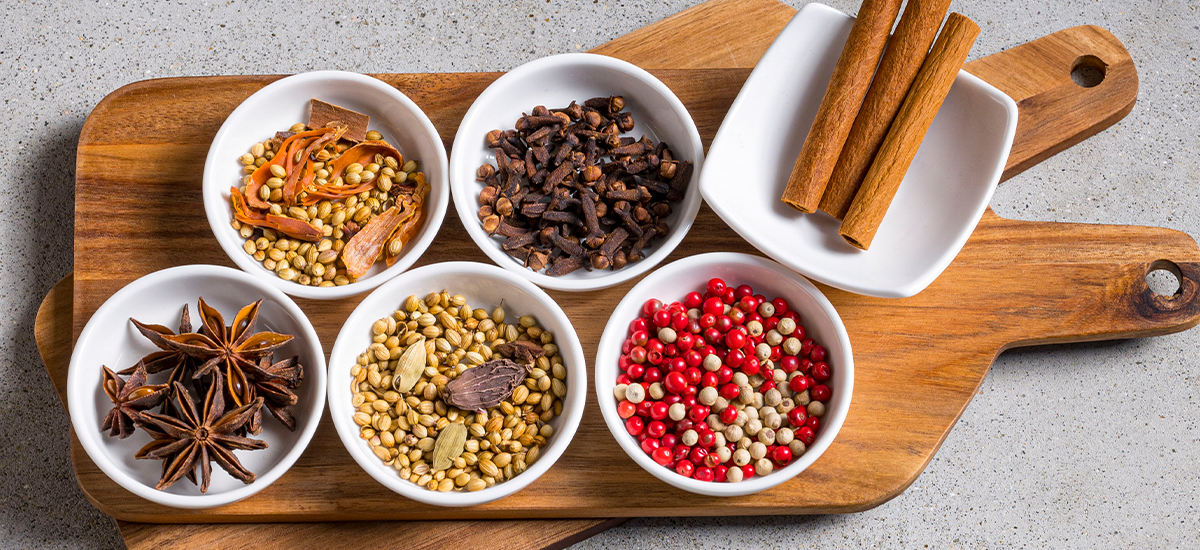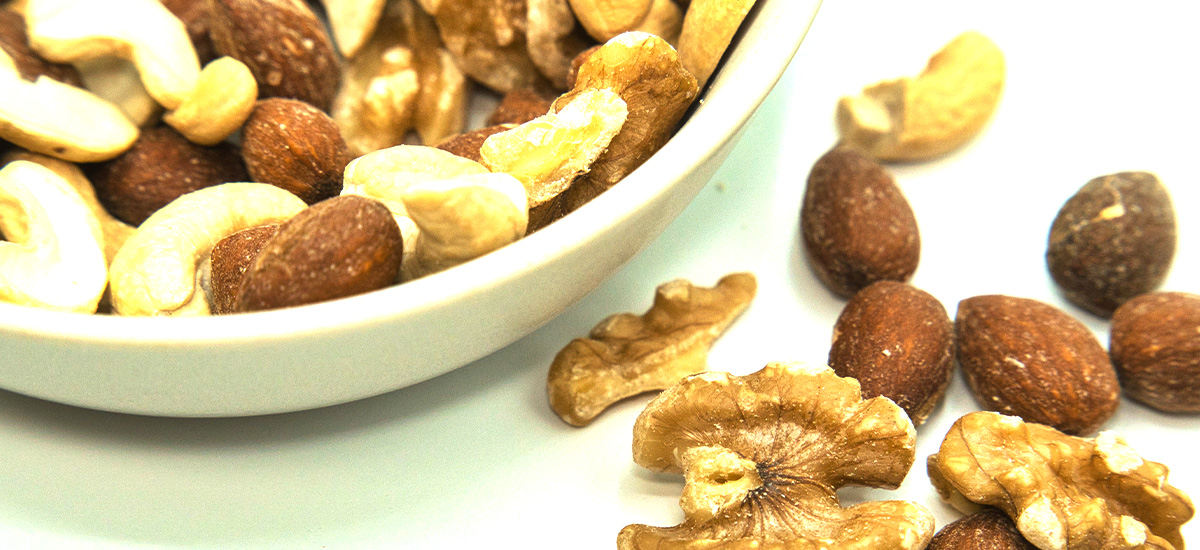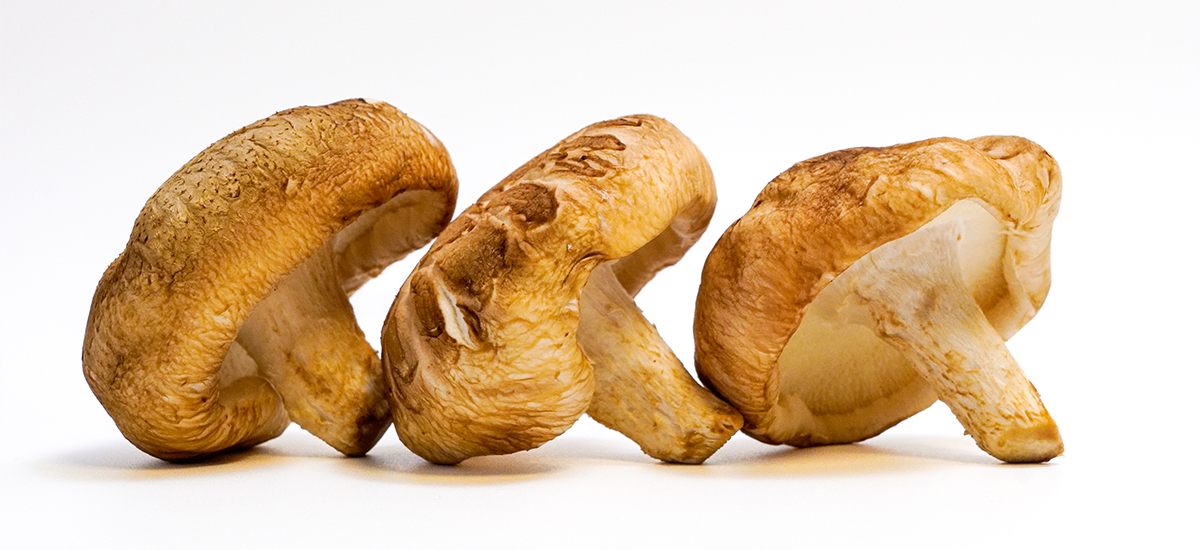[Perfect Reproduction] A recipe that recreates the professional taste of Marucho 's Chinese noodles
![[Famous Restaurant Recipe] How to Make Marucho-Style Ramen Soup](https://cookpit.jp/wp-content/uploads/2023/01/f2470191b55db5c1eafd819e6aa848b1.jpg)
"Marucho" How to make Marucho-Ramen
Introduction
This is an introduction to a recipe that recreates the Marucho style Ramen from Marucho, a representative ramen shop at Ogikubo Station in Tokyo.
Marucho 's Marucho style Ramen is characterized by its soup made with chicken bones and Katsuobushi flakes, and has been maintaining the traditional flavor since 1948. The soup is dark brown, so at first glance it looks strong, but one sip reveals a very mellow and gentle flavor of the dashi.
This is a recipe that uses commercial Ramen soup to easily recreate the taste of Marucho 's Marucho-style Ramen.
How to make "Marucho" Chinese noodles
Marucho material
・Water...10 liters
・Pork knuckles・・・1kg
・Chicken bones...1kg
・ [Commercial Use] Chicken and Pork White Soup (CP-M6)...5kg
・ Katsuobushi... 100g
・ Sababushi... 100g
・Dashi Kombu... 20g
・ Dried shiitake...5g
・Green onion・・・100g
・ Ginger: 50g
How to make Marucho
- Boil chicken bones and pork knuckles in boiling water for 2-3 minutes to Blood removal, then immediately remove and rinse under running water.
- Place the bled chicken bones and pork knuckles into a pot and simmer over low heat for 2 hours.
- By carefully removing the scum that appears during the process, you can reduce strange odors and unpleasant flavors.
- Add the stock and simmer over low heat for 4 to 5 hours.
- Cook while breaking down the bones, and if the soup Evaporation and reduces during cooking, add water to make up for the loss and return it to the original amount.
- Once the bones have been broken down, they will form the base of the flavor. [For commercial use] Add the frozen chicken and pork white soup (CP-M6) and dissolve over low heat.
- Once the frozen soup has thawed and the flavors have blended well, it is ready.
A simple recipe for recreating "Marucho"
![[Famous Restaurant Recipe] How to Make Marucho-Style Ramen Soup](https://cookpit.jp/wp-content/uploads/2023/01/f2470191b55db5c1eafd819e6aa848b1.jpg)
👉【無料サンプル】「丸長」の再現セットはこちら>>
Ingredients (for 1 cup)
- [Commercial Use] Chicken and Pork White Soup (CP-M6)... 150cc
- [Commercial use] Bonito dashi pack...75cc
- [Commercial Use] Mackerel Dashi Pack...75cc
- [For commercial use] "Marucho" Replica Kaeshi...35g
- [Commercial use] Pure lard...20g
- Medium-thick noodles...1 ball
- Minced pork...appropriate amount
- Green onion...appropriate amount
How to make it
- Dissolve the [Commercial Use] Chicken Clear Soup and [Commercial Use] Pork Clear Soup.
- Add one packet of [Commercial Use] Bonito Stock to 2 liters of water and boil for 20 minutes.
- In 2 liters of water, [For commercial use] Add one packet of mackerel stock and simmer for 20 minutes.
- Combine pork clear soup, chicken clear soup, bonito stock, and mackerel stock.
- Pour the soup, which has been mixed with the lard, into a warmed bowl.
- Add the noodles and toppings and it's done.
「丸長」再現サンプル
[Limited quantity] Free sample delivery for only 500 yen shipping!
For enquiries, please contact us below.
History and origins
Founded in 1947, Ogikubo's Marucho is a Ramen restaurant that was started as a joint venture by five people: Katsuji Aoki, Yasukazu Aoki, Koshichiro Aoki, Nobunari Yamagami, and Masayasu Sakaguchi.
Originally from Nagano Prefecture, the restaurant was founded by soba noodle artisans, and Marunaga is said to have been the first to use Katsuobushi flakes in Ramen. It's a groundbreaking Ramen that uses soba seasoning in its Ramen sauce. It's called "Marucho Soba" because it combines Chinese noodles with Japanese soba techniques. While Nagano's soba culture influenced it, it's likely the fusion was created by soba artisans already working in Tokyo's Nihonbashi district. While there are no documents available that document when soba and Ramen shops in Nagano began selling chuka soba, it's believed that Ramen shops began appearing in Nagano around 1955, around the time of Yonaki Soba Fukuya. It seems that food stalls started serving soba and gradually moved on to serving Ramen, but chuka soba was already available in Tokyo by that time.
The "cho" in the restaurant name comes from the fact that the five members were originally from Nagano Prefecture. As soba artisans, they were particular about hand-made noodles, and the Ramen broth was heavily influenced by soba, which had a major impact on Japanese Ramen, including Ogikubo Ramen and Tokyo Ramen.
In addition to the original "Marucho," the three major Ogikubo Ramen include "Marushin," founded in 1959, which includes the character "Marucho" (pronounced "Marucho in its restaurant name, as the founder of "Harukiya" is also from Nagano Prefecture. The founder of "Harukiya" was founded in 1949 and is also from Marucho-kai," Ramen group said to be the oldest in Japan. Many of the restaurants that have branched out from "Marucho" have used it as a forum for information exchange and study sessions on issues related to employees and ingredients, as well as how to maintain and improve the taste of "Marunaga" Ramen. Nakano Taishoken, where Tsukemen originated, is a restaurant that Sakaguchi started independently, and the dish was created by Yamagishi, who later founded "Higashi-Ikebukuro Taishoken." Both are members of the Marucho-kai."
Store Information
- Store name: Marucho Chinese Noodle Shop
- Address: 4-31-12 Ogikubo, Suginami-ku, Tokyo
- 営業:11:00~15:00
- Closed: Wednesdays, Sundays, and irregular Saturdays
*Business hours and holidays may change, so please check with the store before visiting.
客単価UP狙いませんか?✨
Popular Ramen ingredients
Why not try another ingredient that will increase your average customer spend?
Others also viewed this recipe
Others also viewed this soup recipe
Precautions
*Created by Nishio Ryoichi as an homage to Marucho.
*This recipe is for reference only. It aims to have a similar taste, but may differ from the authentic "Marucho" recipe.
References
■ Title: "Ramen Encyclopedia"
■Author: Ryoichi Nishio
■Publisher: Asahiya Publishing Co., Ltd.
